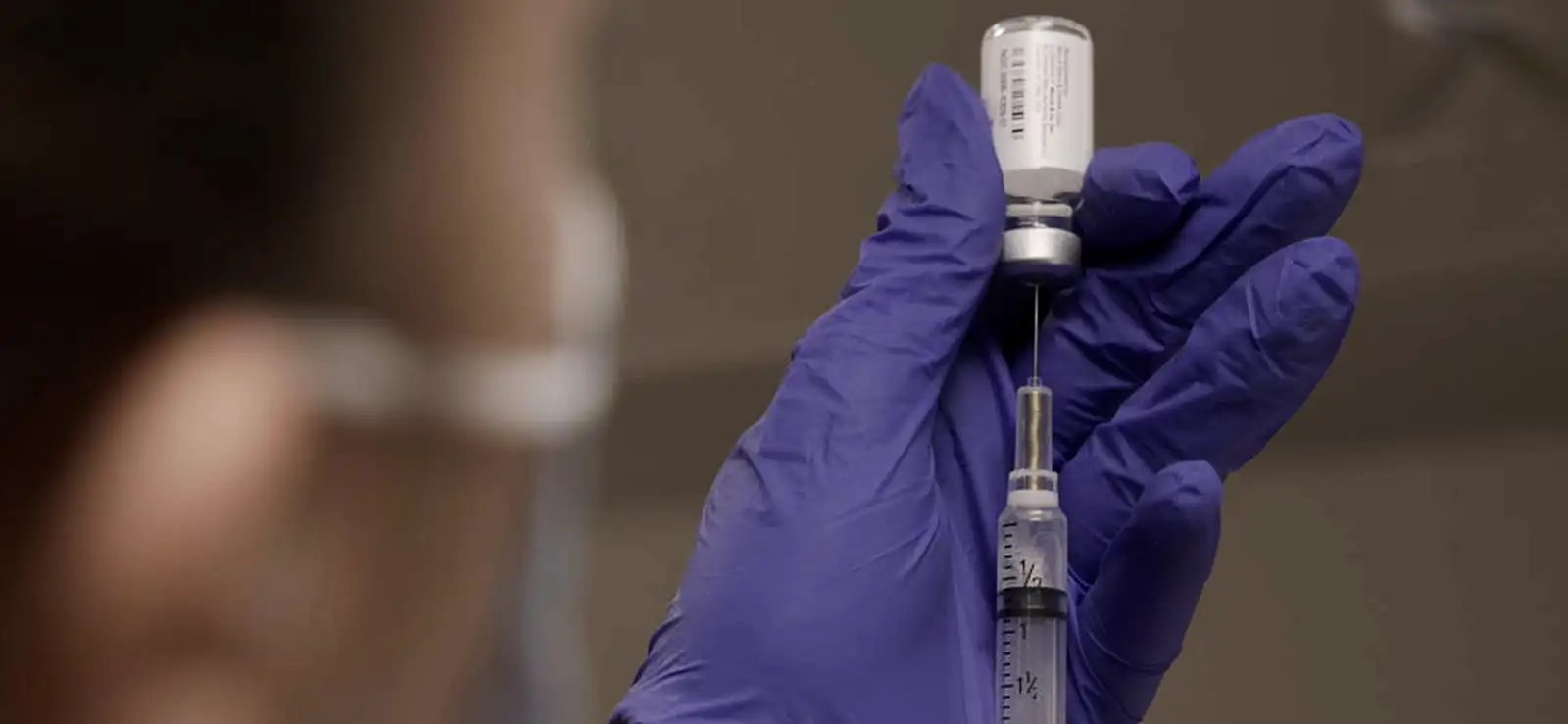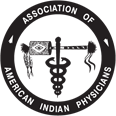
During the early days of the COVID-19 pandemic, American Indians and Alaska Natives led the charge for vaccination efforts in the United States. According to a study by the Centers for Disease Control (CDC), published in September 2021 and reported on by Joanne Silberner — a leading global health and health policy journalist at NPR — the percentage of fully vaccinated American Indians at that time was 47.5%. This was compared with 41.8% for Asian-Americans, 37.8% for white Americans and only 29.9% of African Americans.
However, vaccination rates in American Indian communities have begun to falter over the last year following this survey. Data collected by the CDC — dated between April 2021 and September 2022 — shows that just 68.5% of American Indians have completed primary series vaccination, in comparison with 96.4% of Asian Americans, 84.5% of white Americans and 85.3% of African Americans. To combat the rise of falling vaccination rates and vaccine hesitancy in American Indian communities, it’s important to consider their underlying causes and dispel pervasive myths surrounding vaccines.
The initial wave of COVID-19 impacted Native American communities far more significantly than their non-Indigenous counterparts — particularly white Americans. Native Americans suffered with disproportionately high rates of COVID-19 infections, as well as higher rates of hospitalization and mortality. The root causes are the same as those that create inequalities for Native Americans when it comes to general health outcomes: decreased access to care and resources, as well as increased medical discrimination.
The initial onslaught of COVID-19 in Indigenous communities was the driving factor behind robust early vaccination efforts, and, indeed, early vaccination rates are a point of pride for the Native American doctors and medical professionals who spearheaded these efforts. However, vaccine hesitancy remains a persistent problem for American Indians often out of understandable suspicion when it comes to the United States healthcare system, as well as fears over the potential negative side effects of vaccines.
Native Americans and COVID: Separating Fact from Fiction
The first cracks in American Indian and Alaska Native vaccination rates came with the onset of the Omicron variant and the subsequent booster shot introduced to combat the mutation. While the messaging from medical professionals across the United States was clearly in favor of getting an additional jab, tribal health officials cited challenges within their communities, where vaccination rates had begun to stall, and vaccine hesitancy had begun to increase.
In a March 2022 interview with Kaiser Health News, Angie Wilson — former tribal administrator for the Reno-Sparks Indian Colony, a federally recognized Nevada tribe with 1,200 enrolled members — described some of the obstacles she faced in encouraging members of her community to get a third shot.
“Sometimes I think the people I talk to see it as, ‘Hey, we got our first and second shot. You guys have told us that’s what we need, and we’re going to be OK,” Wilson said.
Despite an abundance of data in support of the booster shot, myths and misconceptions have continued to prevail within tribal communities — and the impacts of that misinformation have been keenly felt, extending far beyond the COVID-19 virus. According to the CDC, flu and pneumonia rank within the top 10 leading causes of death among American Indians — with American Indians and Alaska Natives at a significantly increased risk of hospitalization and death from the conditions compared with non-Indigenous people. While these conditions can be deadly, they’re often also prevented or mitigated with a yearly flu shot.
To combat vaccine hesitancy in all its varieties, it’s important for Native American doctors and other healthcare professionals to act as a liaison to tribal communities, addressing concerns tribal members may have, while also combating fiction with facts. Tribal members should be made aware of statistics from clinical trials that include members of the Native American community and found vaccines to be safe and effective for people of all races.
One major study conducted by the CDC on the three major COVID-19 shots — Moderna, Pfizer and Johnson & Johnson — included Native Americans in clinical trials and found all three vaccines to be equally safe for all participants. Additionally, each of the three major vaccines are recommended by The Association of American Indian Physicians and National Indian Health board, whose roles are to promote health equity for Indigenous communities.
Given the fact American Indians have some of the highest rates of infection when it comes to COVID-19 (and are additionally 3.5 times as likely to die from the virus compared to non-Indigenous Americans) it is essential that more work is done to bridge the gap between the perceived risk of vaccines among tribal members and the real risk posed by SARS CoV-2 and other viruses.

